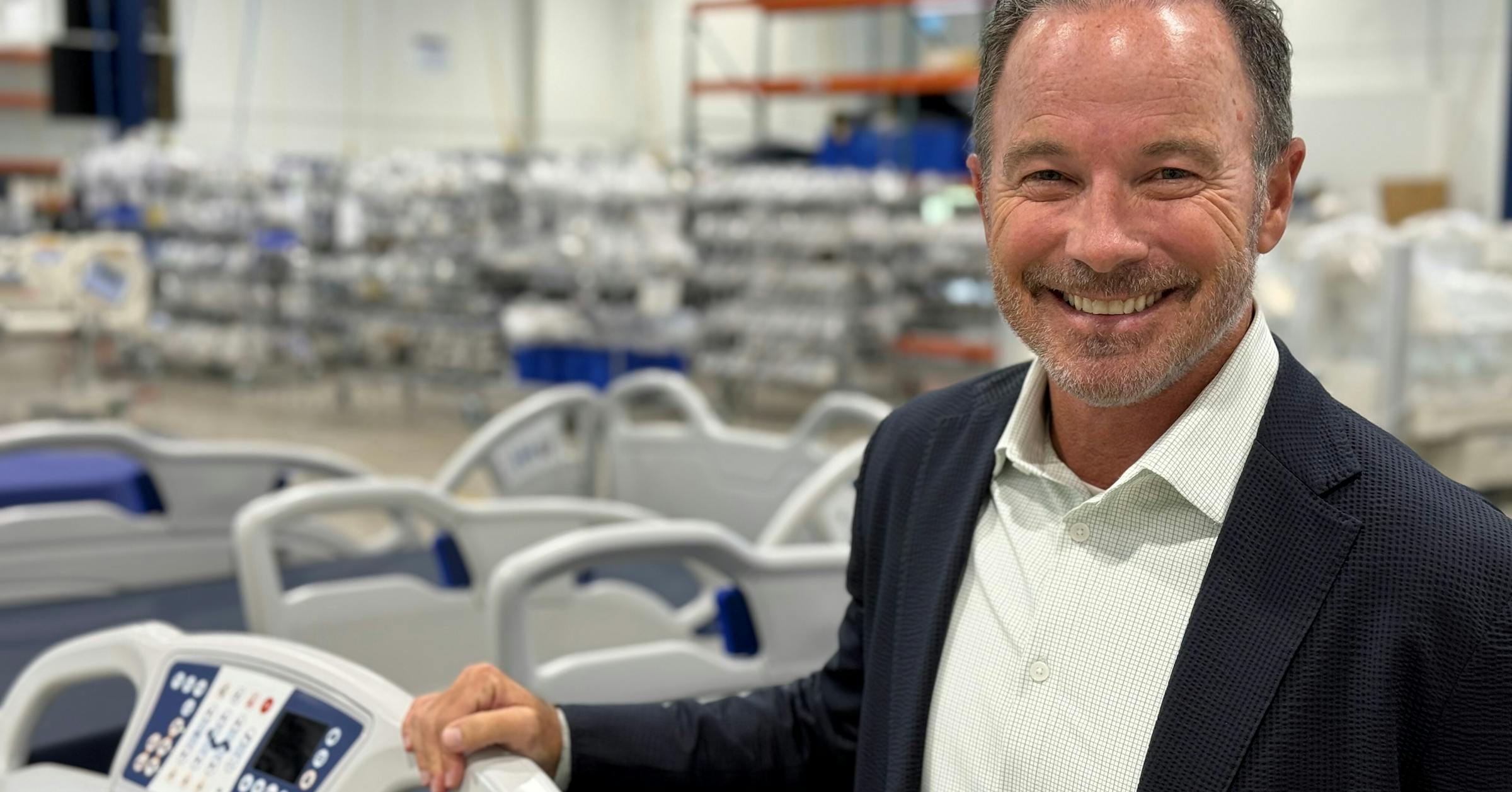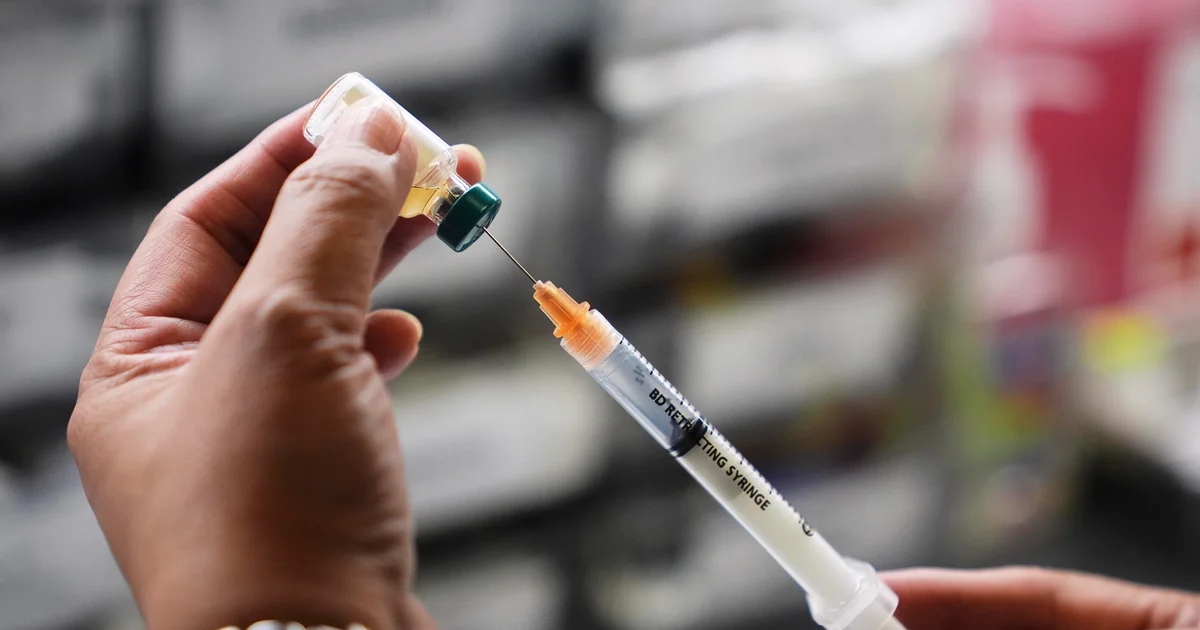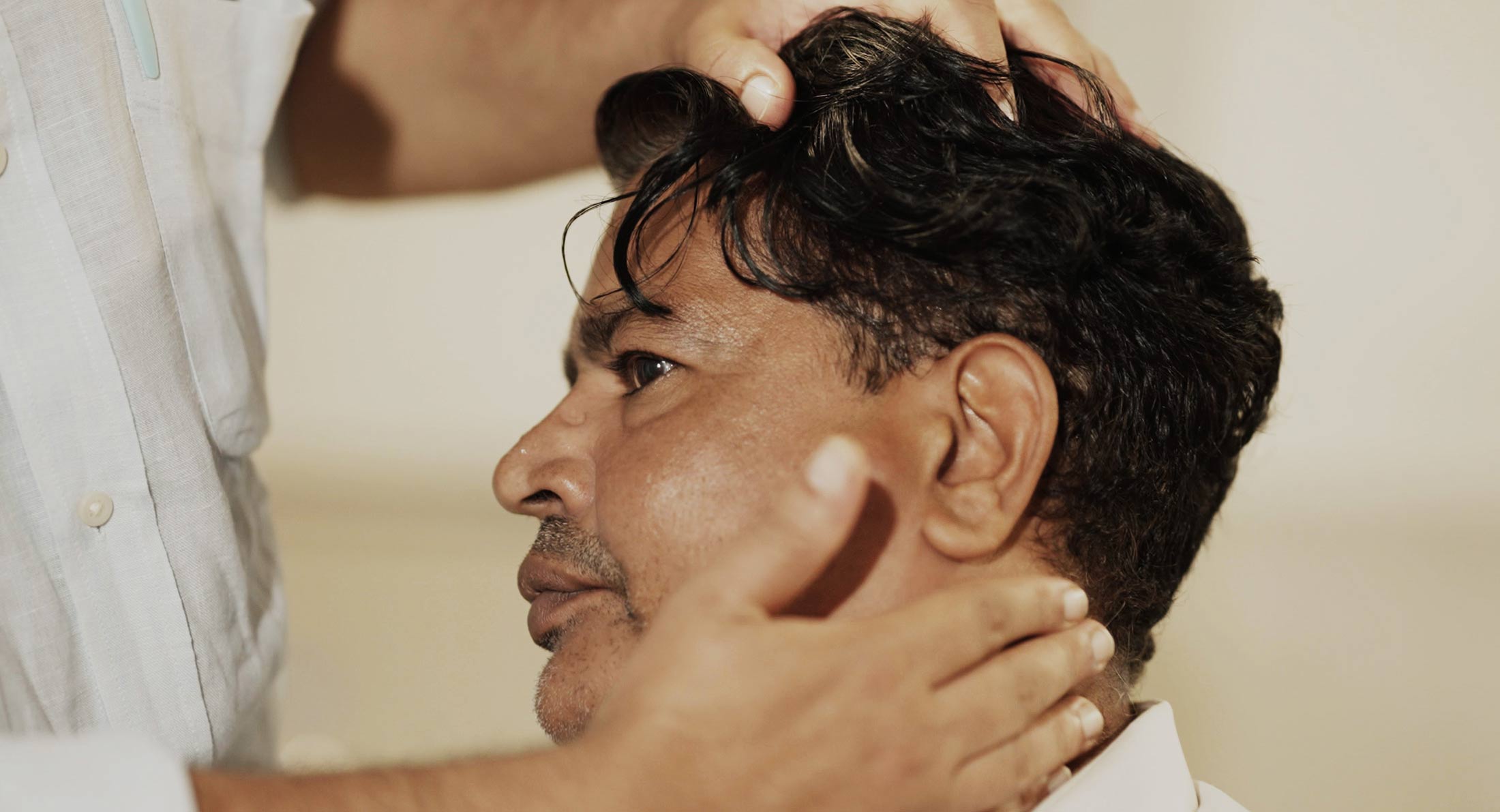
Agiliti, a $1.2B health services and equipment company based in Eden Prairie, used information from providers and patients and its newly acquired manufacturing arm to get the beds to market.
By Patrick Kennedy
The Minnesota Star Tribune
September 25, 2025 at 11:00AM
Agiliti CEO Tom Leonard with the company’s new hospital bed at Agiliti’s service center in Eagan. The Essentia bed is the first piece of medical equipment Agiliti is making on its own, and it took $35 million to develop. (Patrick Kennedy/The Minnesota Star Tribune)
Agiliti has invested more than $35 million to develop a next-generation hospital bed, one that fits the needs of all kinds of patients and the health care workers taking care of them.
The Eden Prairie-based company that rents and services hospital equipment has moved into manufacturing its own bed after years of handling models from other manufacturers.
“When you eat your own cooking, you tend to be a better chef,” said Tom Leonard, Agiliti’s chief executive, during a visit to the company’s Eagan service center.
After four years of development, $30 million in research costs and $5 million more in manufacturing upgrades, Agiliti is ready to introduce its Essentia bed.
The Essentia name is a nod to essential workers (not the Duluth health system) and was designed to make a health care worker’s life easier and less physically taxing while being more comfortable and therapeutic for patients.
Post-COVID hospital staffing levels remain thin, and Agiliti sees a market for hospital equipment that can benefit patients while reducing physical stress on staff.
So Agiliti built its bed frame to address the needs they consistently heard from customers and patients on adjustable bed height, side rails and mattress retainers.
“We brought that feedback together into one bed so customers don’t have to rent different beds that operate differently for different reasons,” said Kristen Thurman, vice president of product management and clinical affairs at Agiliti.
The Essentia bed and related accessories should be a major financial driver for the $1.2 billion company for years to come.
“Our success here is not just critical to the financial future of the business,” Leonard said. “I don’t expect that this is the last product that we will manufacture.”
The Essentia bed, shown at Agiliti’s service center in Eagan, was built using feedback from patients and health care workers. (Patrick Kennedy/The Minnesota Star Tribune)
Razor blade business model
The Essentia bed was the direct result of manufacturing capability Agiliti got from its $230 million acquisition of Sizewise in 2021. Sizewise is a maker of hospital beds specializing in oversize frames and surfaces for the bariatric market.
Leonard thinks of a hospital bed using the razor and razor-blade business model. The bed frame is the durable product and the surfaces (mattresses) are the replaceable items that pair with a frame.
Depending on use, a hospital bed frame can last 10 years, while surfaces can last three to seven years.
According to Leonard, the health care industry buys about 50,000 to 70,000 new hospital beds annually. Last year that was about a $2.5 billion market in the United States.
“We’ve done that not by trying to cut our way to success, but rather by investing in our growth,” Leonard said.
The firm changed its name to Agiliti in 2018.
Agiliti had 2024 revenue of $1.2 billion; according to Leonard, about 70% of the revenue was associated with managing hospital beds, which includes the frames and mattresses.
The company’s growth also came while transitioning though private equity owners and a brief run as a publicly traded company. The company is currently owned by an affiliate of the private equity company Thomas H. Lee Partners.
Agiliti owns or manages more than a million pieces of health care equipment, including beds, surgical equipment and stockpiles of emergency equipment for state and federal governments.
Today more than 90% of hospitals in the United States are within 100 miles of one of Agiliti’s more than 130 U.S. service centers that clean, maintain, inspect, repair and deploy hospital equipment through a fleet of more than 1,700 vehicles.
about the writer
Patrick Kennedy
Reporter
Business reporter Patrick Kennedy covers executive compensation and public companies. He has reported on the Minnesota business community for more than 25 years.
See More



